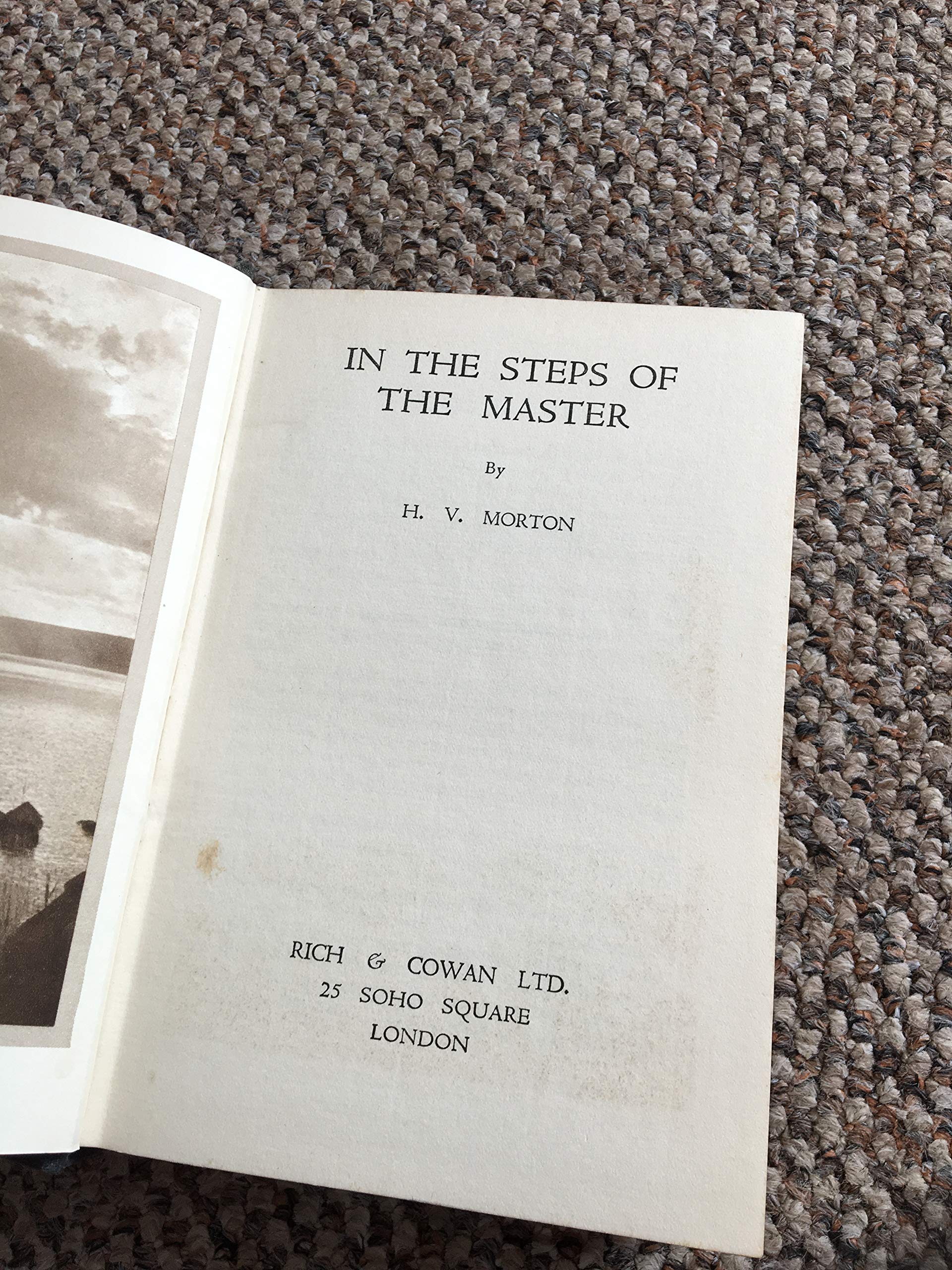What do you think?
Rate this book


Here is a portrait of the Holy Land as a physical embodiment of faith. Dramatically conjuring the beauty of Israel's countryside, In the Steps of the Master also evokes the all-consuming passions and deep-rooted mysteries of Jerusalemand while much has changed, as Morton says, the essential nature of the sites he visits has not.
Hardcover
First published October 1, 1934
It has often been stated that the Druse religion is a queer relic of the grossest form of paganism mixed with Christianity and further confused by misunderstood Greek philosophy… I once talked to an ex-member of the French Foreign Legion who swore that he had seen representations of the Golden Calf in a Druse mosque. The central fact of their faith, however, is the belief that the lunatic El-Hakem bi-amr-Illah, Fatimate Caliph of Egypt, was an incarnation of the Deity.
One has the feeling in Palestine that the civilisation that crashed into ruin was very like our own. One has more in common with the fallen pillars of Jerash than with the finest Moslem mosque. Our world, imperfect as it is, is still a Christian world and has its roots in Christianity. Everything that is against Christianity, no matter how trivial it may appear, is a spy from the forces of savagery which have always waited ready with drawn knives to dance among the ruins.
remembered Strabo’s comment on the influence of the Alexandrian Jews in his time: "These Jews," said Strabo, "have penetrated in every country, and it would be hard to find anywhere in the whole world a single place that has not had to put up with this race, and in which it did not obtain the mastery."